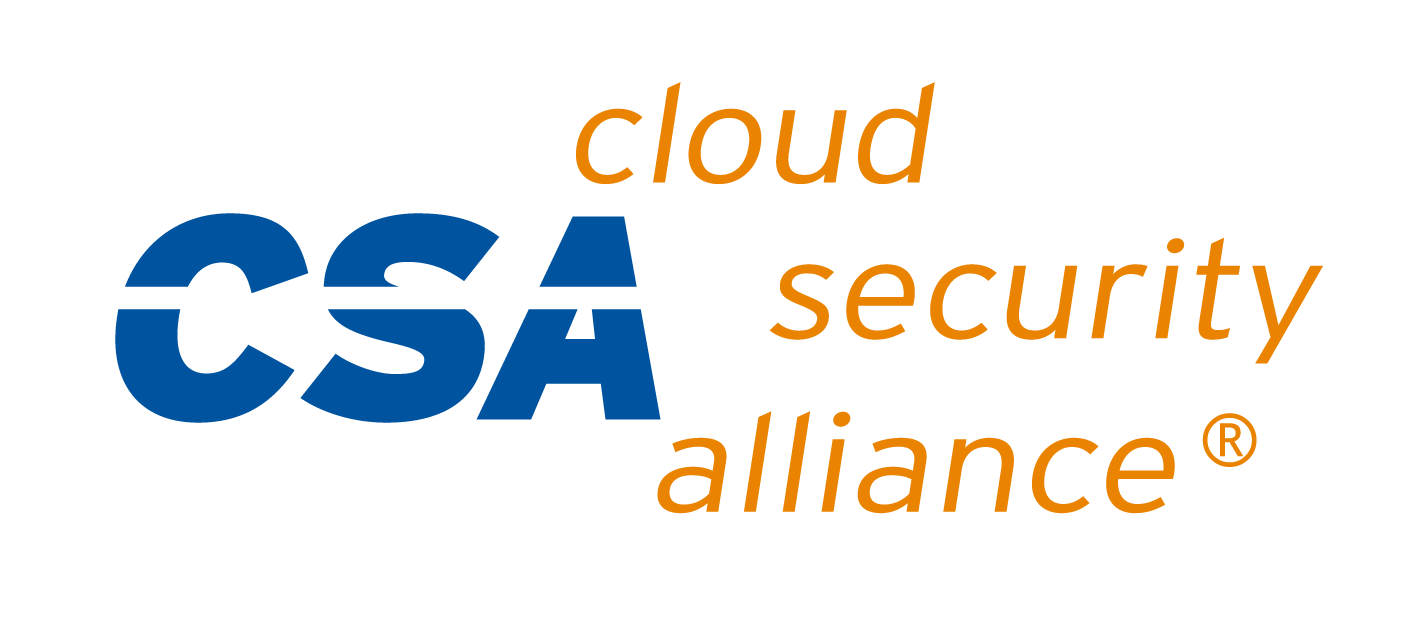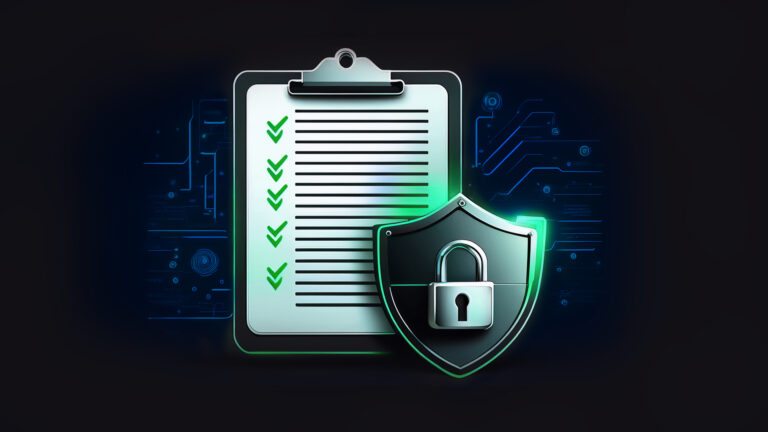Cloud Security Testing that Scales with Digital Transformation
Synack’s Cloud Security Testing was built to look from the outside in, enabling cloud security teams to speed their migration to the cloud while reducing risks that come with digital transformation. As a component of the Synack Platform, Cloud Security Testing finds and prioritizes application and host vulnerabilities quickly and with less noise than automated tools, helping maintain cloud compliance and reducing the attack surface in the cloud.
Human Testing + Vulnerability Scanning
Synack combines an elite community of security researchers and automated vulnerability scanning to make sure that no vulnerability that matters is left undetected in your cloud environment.
An Incentive-Driven
Model
Researchers are monetarily rewarded for the vulnerabilities they find instead of traditional time and materials. Findings are integrated into the wider Platform view of your attack surface, enabling root cause analysis by your SOC or dev teams as appropriate.
Continuous Coverage for All Cloud Providers
Synack has integrations with all major cloud providers to detect changes and test new IPs for risks 24/7/365, unlike traditional pentests.
Synack’s Penetration Testing as a Service (PTaaS)
Platform: Built for the Cloud






